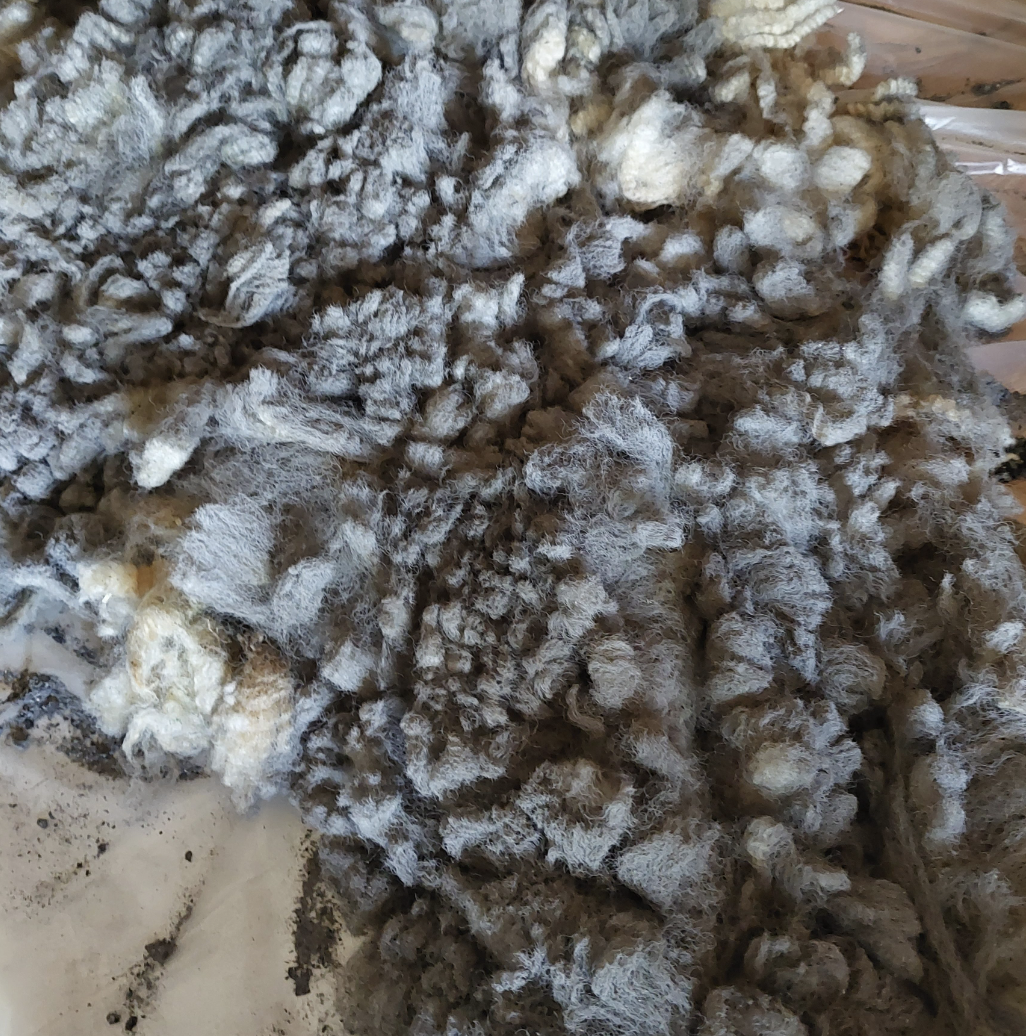Ash And Clay Makes Clean...?
Rubia tinctorum (Picture source: H. Zell, CC BY-SA 3.0 https://creativecommons.org/licenses/by-sa/3.0, via Wikimedia Commons)
I have long been fascinated by the permutations and combinations, twists and turns and variations that can be coaxed out of madder (Rubia sp.) and when the opportunity came up to explore madder as mentioned in the Stockholm papyrus, it was an easy choice. The papyrus was a familiar source to me. I am part of a historical reenactment group that has a very generous mandate (pre-1600, a glorious mishmash of eras and cultures, historical interests that cover a glorious breadth as well as depth), and as such, I had glanced through it a few times with passing interest as a record of dye methods from the far past. My usual research was much later, generally hanging out in the 16th century rather than the 3rd, but what’s 1300 years between friends?
The recipe that I’ve chosen to focus on is as follows:
107. Dyeing in Rose Color
Rose color is dyed in the following way. Smear the rolls of wool with ashes, untie them, and wash the wool in the liquid from potter’s clay. Rinse it out and mordant it as previously described. Rinse it out in salt water after mordanting and use rain water (which is so) warm that you cannot put your hand in it. Then take for each mina of wool a quarter of a mina of roasted and finely pulverized madder and a quarter of a choenix of bean meat. Mix these together by the addition of white oil, pour it into the kettle stir up. Put the wool in the kettle and again stir incessantly so that it becomes uniform. When it appears to you to have absorbed the dye liquor, however, brighten it by means of alum, rinse it out again in salt water, and dry it in the shade with protection from smoke. (Source: https://homepages.uc.edu/~jensenwb/books/Leyden%20&%20Stockholm%20Papyri.pdf )
There’s a lot going on in this recipe, and for the moment, we are going to look at just the first bit of instructions, right up to the first rinsing.
This recipe is pretty clear that it starts with raw wool, fresh from the sheep and that’s where my quest began as well. The debate over what kind of wool would be most suitable raged on for quite some time, and ultimately I settled on a locally grown Rideau Arcott fleece. While this is a Canadian bred sheep, and not even the tiniest bit Egyptian.. it’s a nicely middle of the road fleece. Not too coarse, not too fine, not too greasy, not too crimpy, just delightfully average. Perfect for experimenting with, coming right down the middle of all of the potential options. There’s also something to be said for embracing what’s local, even if my local doesn’t look much the same as what would have been local for our writer.
My little suburban home has no fireplace, but a friend’s woodfired pizza oven came to the rescue, and provided me with a bucket of ashes, and perhaps a little more charcoal that was ideal, but a quick sifting sorted that out. Thank goodness for friends who are very accepting of odd hobby requests!
I will admit that we did more of a dusting of ash over the wool than anything I might call a smear. The ash was full of charcoal, so it got scooped up into a metal mesh strainer, and sifted over the raw wool laid out on a table. Think dusting a cake, but without any desire to eat it before the guests arrived. There are a couple of potential points of failure here. I did not know what wood had been burnt in the pizza oven, and it was a very hard black grit rather than a softer grey ash. There is speculation that the goal of this step of the process is that the wood ash, when mixed with water, will form a very mild lye solution that will help scour the wool. This is only even faintly possible if the ash is from hardwoods, as softwood does not accumulate enough potassium to be an effective source. I am skeptical that a sprinkle, or even a smear, of ashes upon the wool is enough to produce lye in any appreciable sense, but that is yet another thing to test in the coming days.
The next question was what kind of potter’s clay should I be looking for. A kind friend of a friend offered me cast off dried clay bits from her studio, and I jumped at the chance to experiment with a perfect price point for said experiments, free! The clay she was offering was white clay, that I soaked thoroughly, stirring it periodically and then let the clay settle to the bottom of the bucket again. The water, still very cloudly and full small clay particles, was poured over the wool and left to soak. I decided to see if temperature played any part, and as it was quite an autumn day when I left the wool outside to soak for a few hours (about 15C), I also kept a pot of wool just under the boil (about 70C) to soak in its clay water.
Then then rinsing began. And continued and continued and continued. I can assure you that wet raw fleece has no interest in giving up flecks of gritty ash nor fine silt of clay. The rinsing was extensive, and then both fleece sections were left to dry. I had no illusions that I had gotten all of the clay out, but I was worried about felting it after that much rinsing and handling.
The wool that got the ash and clay treatment does feel cleaner than the raw wool, certainly less greasy, and some initial flicks with a comb saw clouds of clay dust poofing into the air. After combing, the locks were considerably less full of clay and ash bits and even looked clean and fresh and lovely. There is no appreciable difference between the wool that was soaked at 15C versus the wool that was soaked at 70C, and I would argue that whatever ambient temperature is would be fine.
Next step? Figure out the ever helpful line of ‘mordant as previously described’.
Heather Bogart
Ontario, Canada





